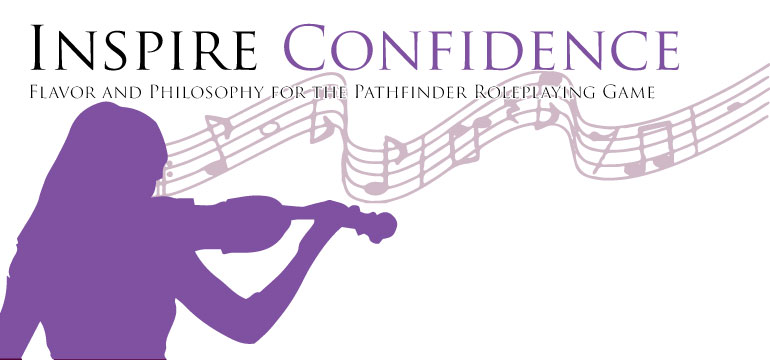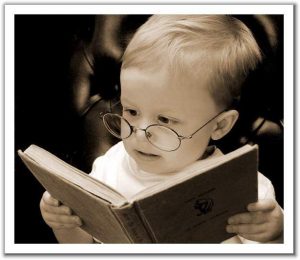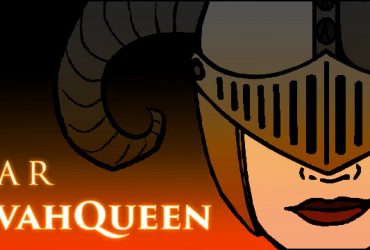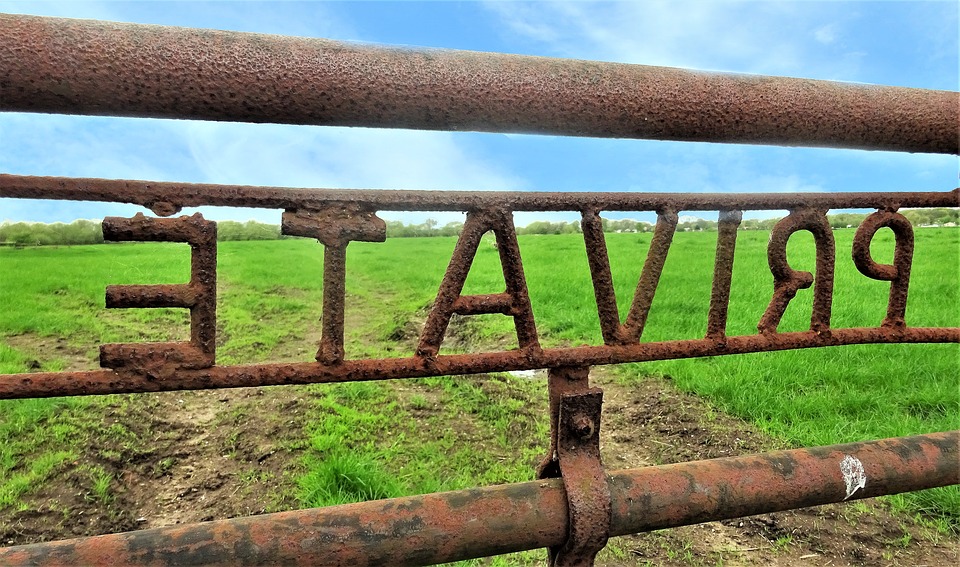Somewhere in the vast internet space of Facebook, someone asked a question about how to handle their young family member who likes to kill all the things, regardless of their place in the story – apparently including tavern patrons and anything that moves. I have been unable to find this post, so I’m just going to comment on it here and discuss briefly how to handle gaming with inexperienced children gamers at your table.
Children aren’t small adults

One of the biggest mistakes I see adults make with children is adults assume children under the age of 18 (and even young adults under 21) have a similar lifetime of experiences to draw from like adults. They don’t. Children have not had decades of day to day existence that adults take for granted. For example, there are several lists of 100 books “you should have read”, those books are almost exclusively written on an 8th grade or higher level. A child under the age of 15 has no context for such stories. While The Hobbit is much more accessible to the under 12 crowd, The Lord of the Rings could be a large undertaking. Children in school now have far more sophisticated literature available to them than when I was their age, but reading is still not quite the same as living.
In my professional life I have to remind people that babies come into the world knowing how to cry when they are uncomfortable and little else. Some babies even have to be taught how to eat effectively. Everything that we are as people must be learned or taught to us in some fashion or another. There are countless nature vs nurture studies out there and certainly both apply to each individual. In the case of the child who attacks all the thing – we should never simply assume that a person’s response to an encounter is the only response that person is able to have, we can definitely teach people how to engage appropriately.
Specifically for a child player who likes to crush everything it their path, the first and easiest response is to talk to the child about what’s going on. Children aren’t small adults, but they are “young adults”, at some point they become adults, so they have to learn how to do that. By talking to a child, you’re allowing them the opportunity to grow and learn. Children are able to learn math, reading, writing, dancing, sports of all varieties, the list is endless. We are also capable of learning compassion and emotionally complicated responses to stimuli. Children can learn how to role play beyond “kill the thing”.
Destroying something is the easiest way to deal with any obstacle in your path – door between you and the bad guy? Splinter it! Dragon between you and its treasure? Kill it! Certainly there are far more sophisticated ways to handle adversity, but it’s pretty satisfying knowing that the things that thwart you are no more. Kids (and adults) like to feel successful and accomplished, destroying something is the fastest way to get the feeling. It is hard to do things subtly and you might fail in your attempt, so why bother when you can just nuke it from orbit? Do not underestimate the thrill of rolling dice as a draw, when you’re attacking, you get to roll dice, which are viscerally satisfying.
However, there are a lot of adults out there who are willing and able to critically think their way through a problem that doesn’t result in everything within a 10 mile radius dead on the ground. Those adults had to get there somehow and it probably involved time spent thinking and talking out the problem and considering options. Children are capable and deserve to learn those skills and role playing games are perfectly suited for that kind of mental and emotional exploration. If a child is having the same response to every problem, then it’s time to have some soft RP at the table or even real talk with the child away from the game.
Conversation – in or out of character?
How to talk with a child player with table behavior which isn’t ideal depends on the crew. If the child’s parent is present, first talk with them, since they might have some insight or ideas. If it is your child, then definitely talk with them privately first. It is important that no one characterizes the child as “bad”, they may simply not know what is expected of them in a table top environment and ideally that conversation would happen before they sit down at the table the first time. Be clear with your child player what role playing entails, what’s in game and how it is make believe. Some children have slightly different perceptions of make believe. For example, when my son Thomas was 3 or 4, he cut blue construction paper spots and taped them to himself and ears. I asked him if he was Blue from Blue’s Clues, which is who he looked like, his response was “No, I am Thomas dressed like Blue.” He never lost sight of who he was or what his costume meant to him, but some children go for the immersion method and insist that they are that character, so identifying how a child plays helps to identify how to address the disconnect.
Directly addressing the child lets them know you recognize them as their own decision maker. Try to be direct without being harsh or sarcastic comments, sarcasm isn’t a skill most children acquire until they’re well into their teenage years. Say what you mean simply, don’t hedge around your meaning or hope they’ll catch your drift, they’ll be confused and you’ll be frustrated. Don’t talk down to them, don’t belittle them or treat them like they’re dumb/stupid, again they probably really don’t know or understand what they’re doing is disruptive or distracting. Help them to see the long game – that there is a big story and that every time they attack an entire village, they wipe out storyline leads or bog down game play for what’s really important. Children watch television, movies, read books, and play video games, find something that they have a connection too and build your explanation on that. One disconnect for kids who play video games is that they may only encounter things to kill, so they are trained (for lack of a better word) to kill everything they encounter, try reminding them that The Avengers don’t kill everyone they meet, just Hydra, or some other quickly recognized reference to their previous experiences that illuminate the kind of play style you’re looking for.
Children are capable of using language to describe what they are thinking or how they are feeling if you give them some time and have a little patience to get through the conversation, even with surprisingly young children. Learning to articulate your feelings and needs is an important skill that we don’t always think to use with our children, but it can be surprisingly effective and short cuts through confusion and frustration on both sides.
After the out of character conversation occurs, consider having some soft role play to allow the players to have an in character discussion with the character in question and have some team building and bonding time. This is especially helpful if the child is playing a character that is older than they are personally – I recommend children be permitted to play child characters because of the aforementioned lack of real world experiences, it’s easier for them to wrap their heads around things they have experience with. Acknowledging a PC made a mistake and that they won’t repeat it or maybe they’ll even work to made amends for it can help to build a background for a child’s first character.
When talking isn’t enough
The original question was brought to my attention by a third party and apparently the answer that came up over and over again was to get the child to a therapist. That is always an option and something that should be considered if the child is strongly resistant to changing their behavior to better fit in with what is considered good game play. As I mentioned before, nature vs nurture is studied because it is part of who we are as human beings. There are times when we have neurological and chemical imbalances that prevent us from being able to process input to appropriate output. While I have not seen the greater conversation on the particular child in question, it is worth noting that if anyone we knew had a broken bone or diabetes, we would encourage them to seek medical attention for their problem, there is no shame in seeking medical attention for an emotional or mental issue that we or our players are experiencing. As someone who has been in therapy before and on medication for mental issues, I can say that without those interventions it is likely I would not be here now, but there is a great deal of shame and aspersions cast on those who have such illnesses. Tread lightly and be compassionate when dealing with anyone who has behaviors outside what you might consider “normal” and remember that nothing is really “normal”.
Last thought
While I usually shy away from promoting things I have written professionally, I would like to encourage anyone who has children at their table as players to pick up Childhood Adventures, while it was written for adults to play children PCs, it is also packed with a great deal of insights into what it is to be a child and should prove helpful to GMs who are running for the younger crowd. Also, if you’re going to be at Gen Con 2017, one of the contributors to Childhood Adventures, BJ Hensley is one of this year’s Industry Insiders and she will be focusing on gaming with children, so consider checking her panels out if you’re looking for ideas on gaming with yours or your players children at the table. And lastly, choose wisely if you’re letting children game at your table, choose your adventure appropriately, keep things G-PG whenever possible, swap out the succubus/incubus encounter, make sure everyone’s playing “the good guys”, and your job as GMing or gaming with children will be a lot easier.







Great Article Monica, thank you for writing it.
It is my pleasure!